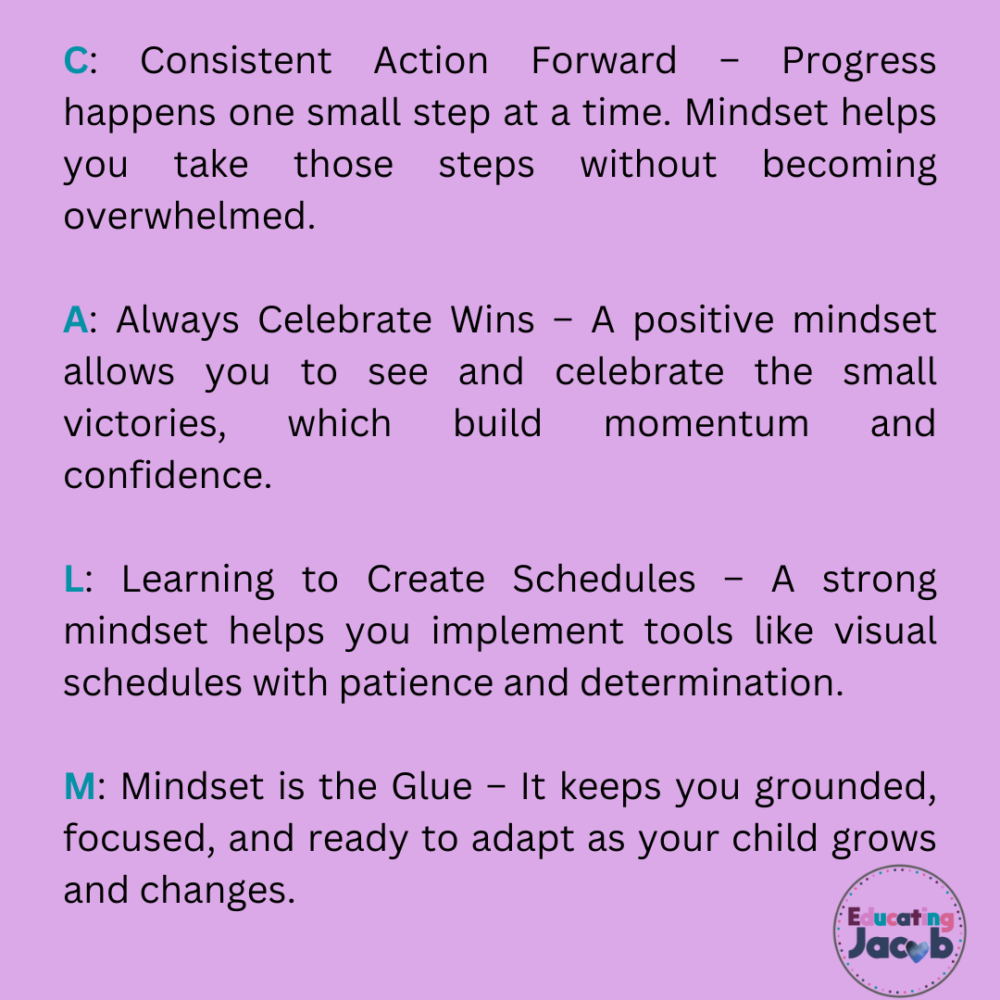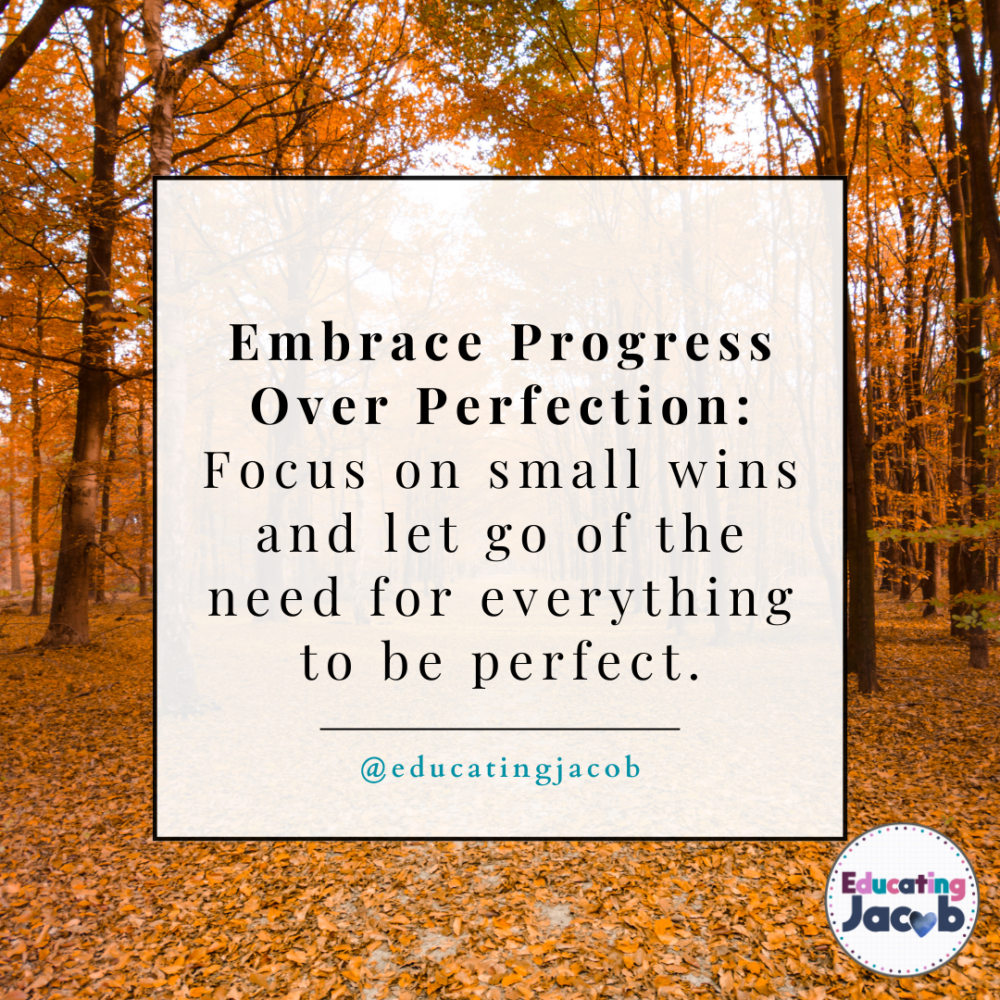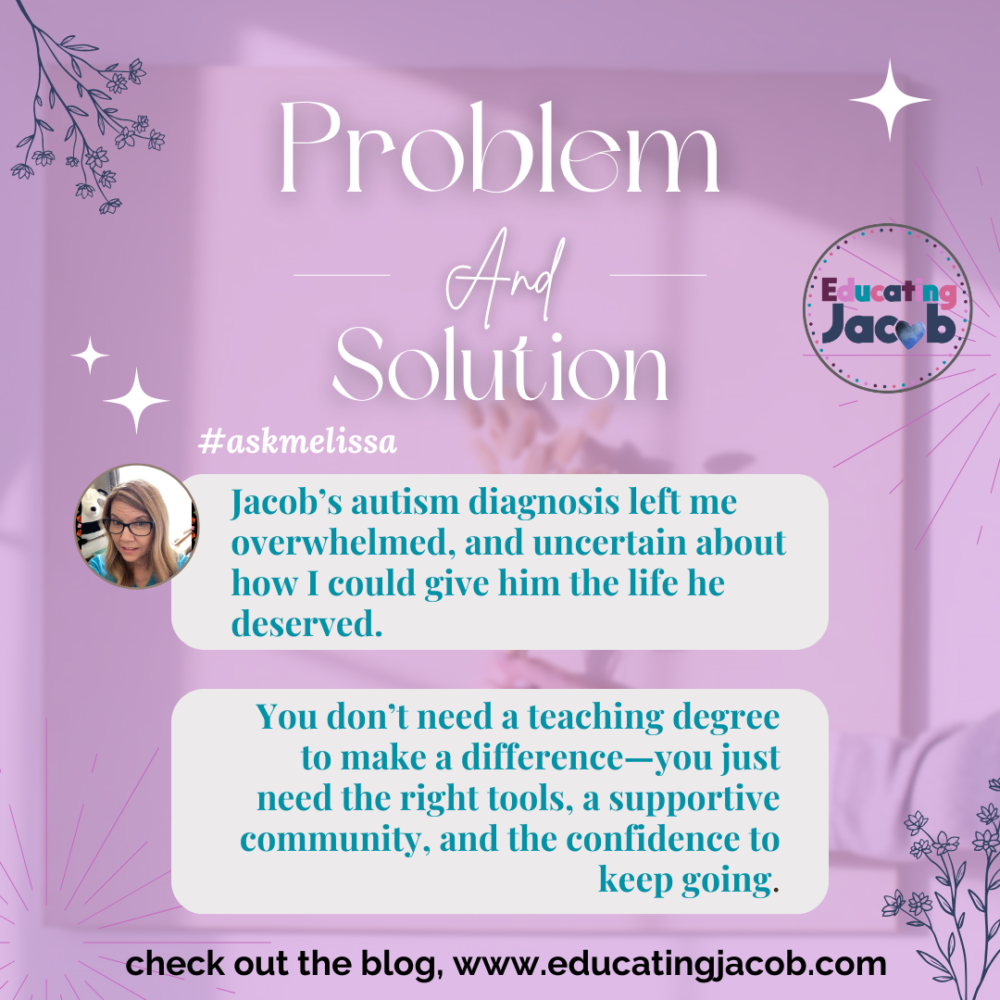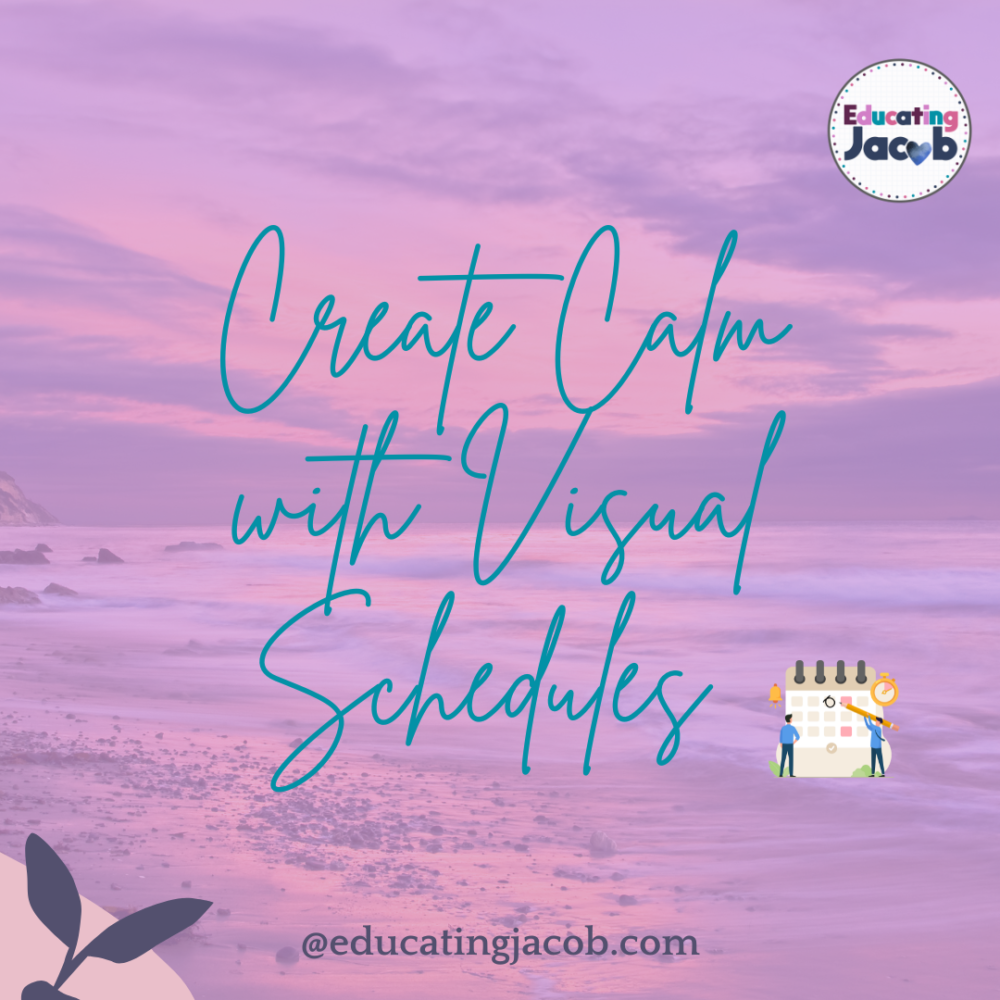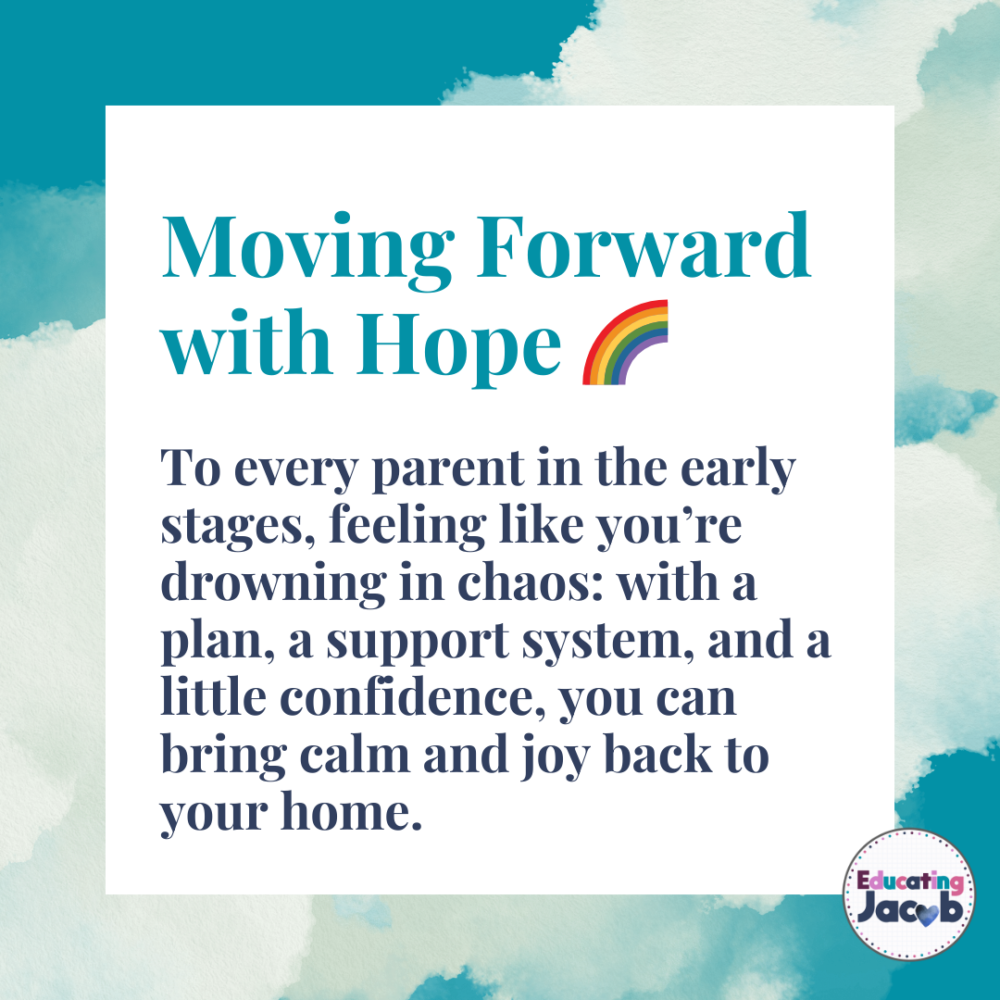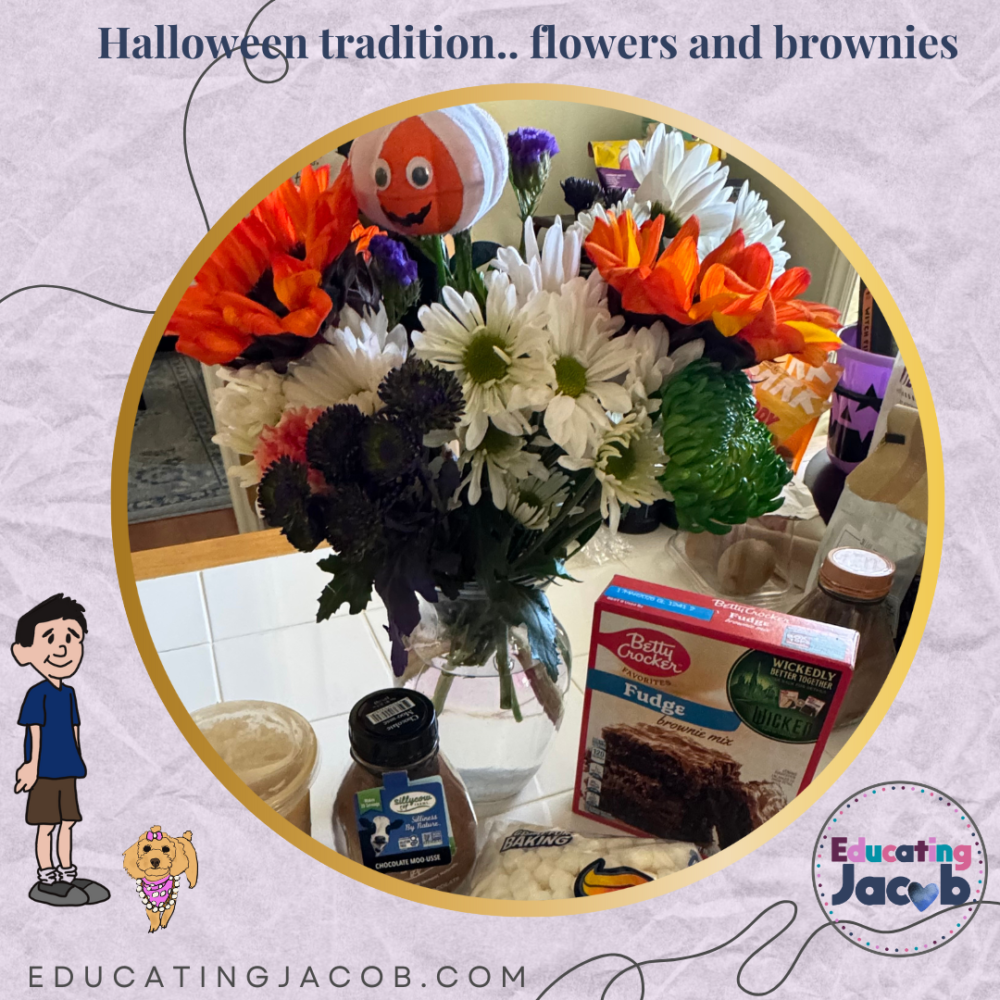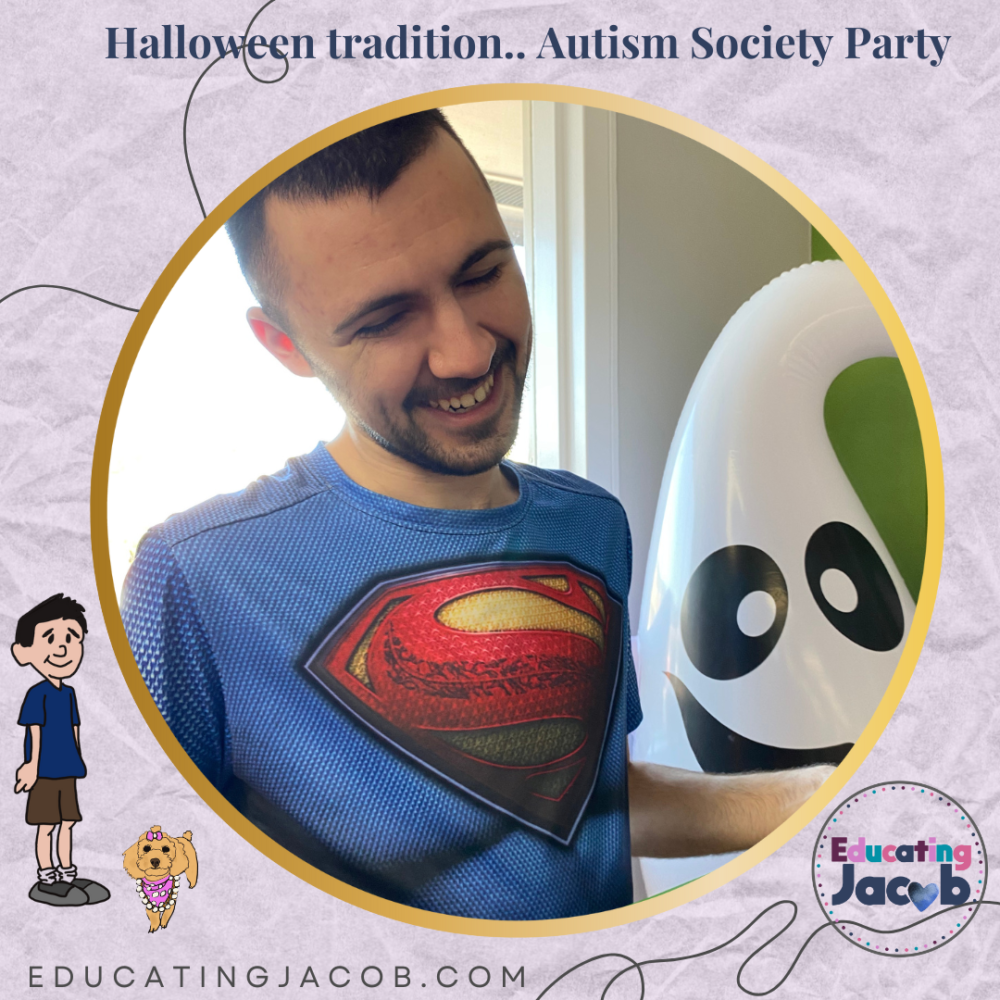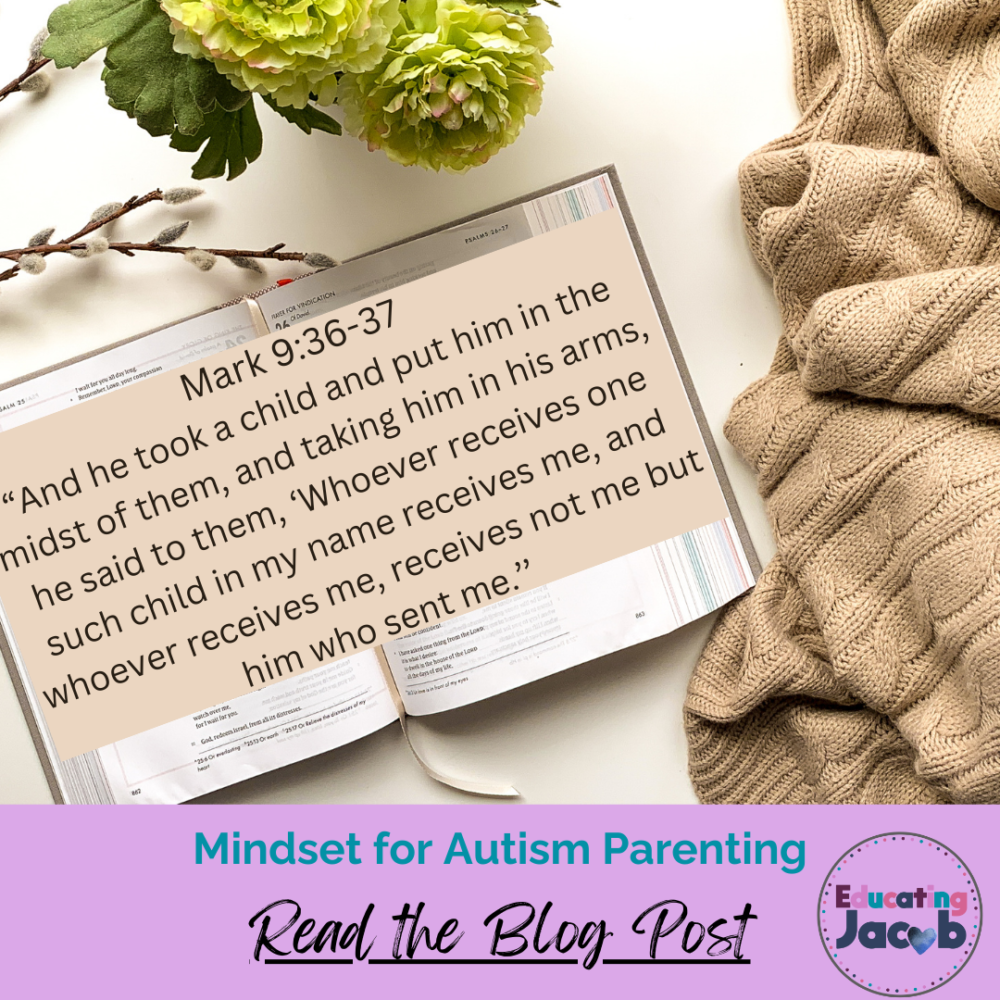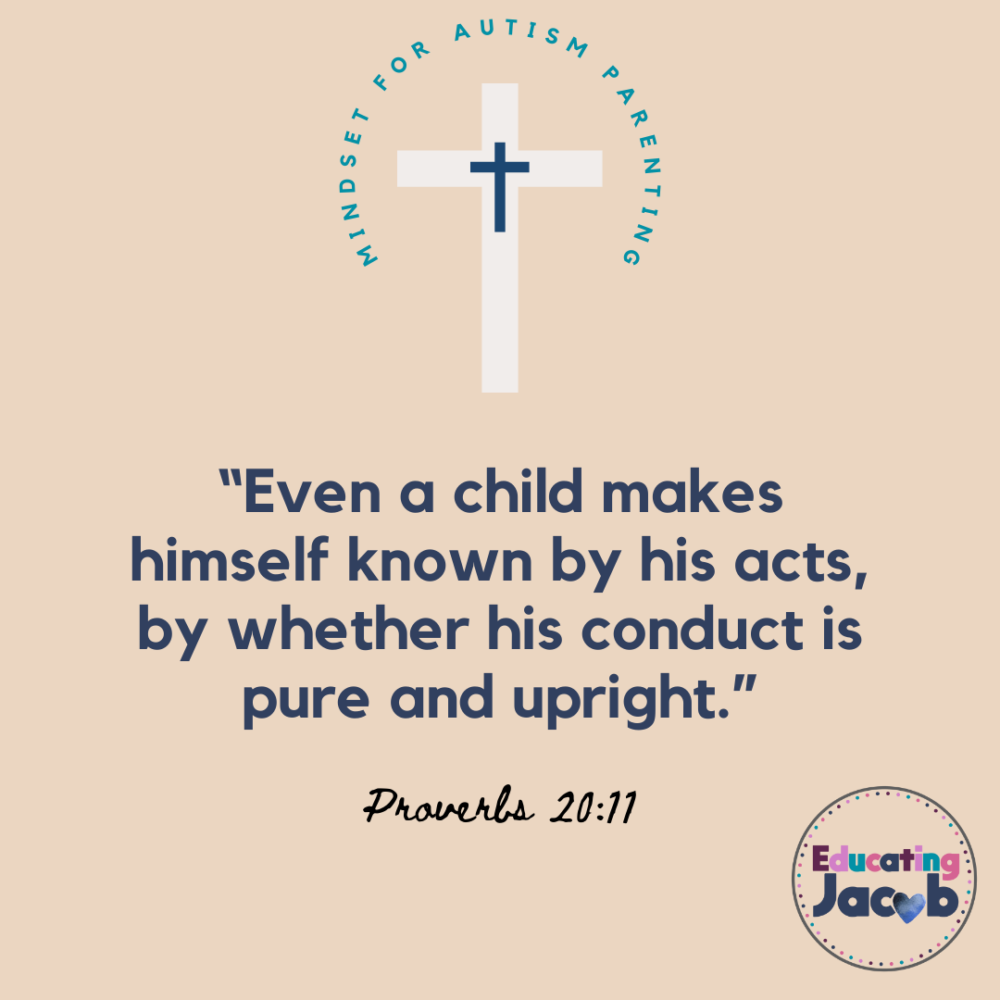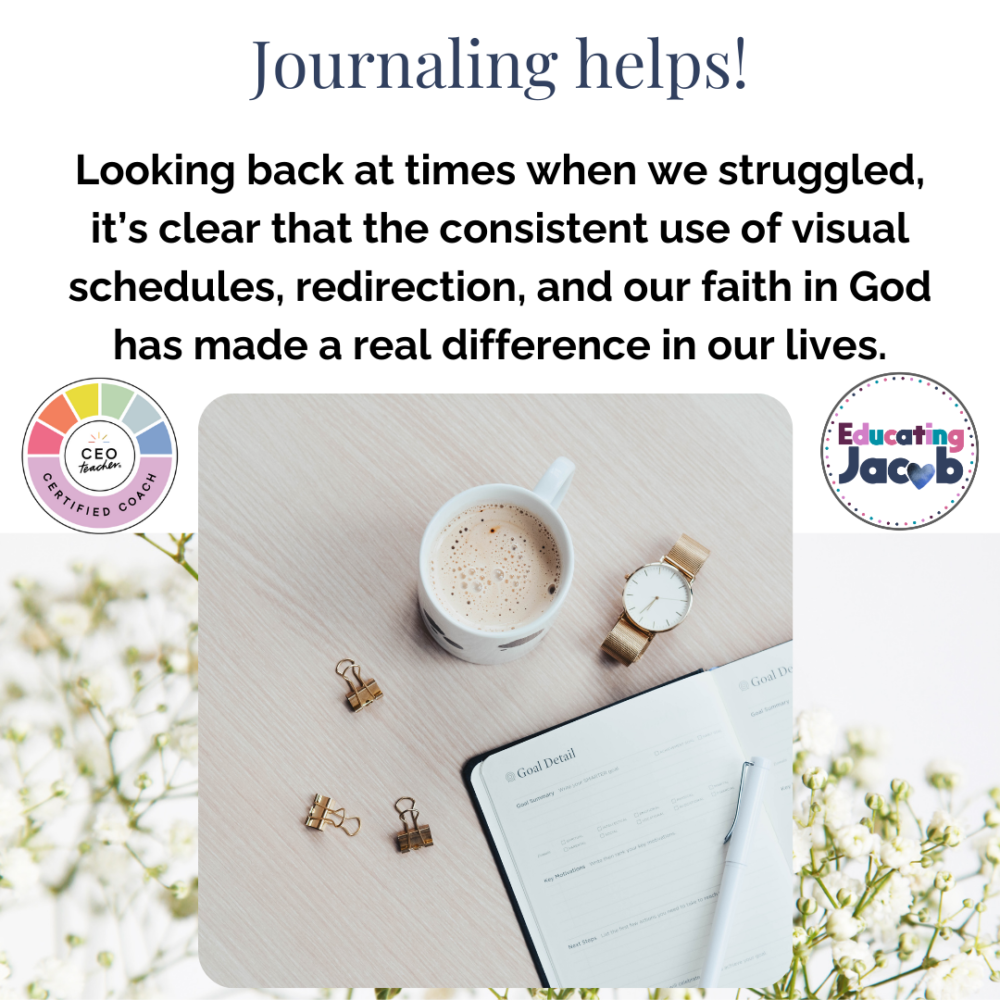This too shall pass, how we changed our mindset on autism island!

How We Changed Our Mindset on Autism
Life as a parent of a child with autism often feels overwhelming, exhausting, and filled with challenges that seem insurmountable. But over the years, I’ve learned that the mindset for autism parents is not just important—it’s foundational. It’s the key to shifting from chaos to calm and creating a path forward for both your child and your family. How does mindset change things when raising a child with autism? 🧩
To develop the right mindset, you need to face your biggest challenges head-on and understand why having a plan is critical. The how comes from taking action and learning from others who’ve walked this journey and can offer guidance and support. As parents, we can’t control every situation, but we can control how we respond, and that begins with our mindset.
A verse from 2 Corinthians 4:17-18: “For our light and momentary troubles are achieving for us an eternal glory that far outweighs them all. So we fix our eyes not on what is seen, but on what is unseen.” These words have reminded me to focus on faith, growth, and the hope that keeps us moving forward. You won’t stay in the happy moments forever or the tough moments forever, keep moving forward, This too shall pass!
In this week’s blog post, I’ll share how we shifted our mindset from frustration and fear to calm and confidence. In EducatingJacob’s CALM strategies, the “M” stands for Mindset, and it’s the foundation of everything we do. A positive mindset is integral to your confidence as a parent and your ability to guide your family through the complexities of autism. Let’s explore how this simple shift can transform your journey and bring peace to your home. 🌈
Mindset for Autism Parents
When Jacob was diagnosed with autism, I was paralyzed by fear. I couldn’t see past the overwhelming reality and uncertainty of what life would look like for our family. I had always been a mom who tackled everything with enthusiasm, but this was different—I was blindsided. The future felt like an insurmountable mountain, and I had no idea how to climb it.
But here’s what I’ve learned: mindset is the foundation for everything. It’s the starting point for creating calm in your home, confidence in yourself, and joy in the everyday wins. Through EducatingJacob’s CALM framework, I’ve discovered that when parents focus on mindset, they unlock the ability to grow and thrive—not just for their child, but for the entire family. How to achieve CALM on Autism Island, daily life on the spectrum.
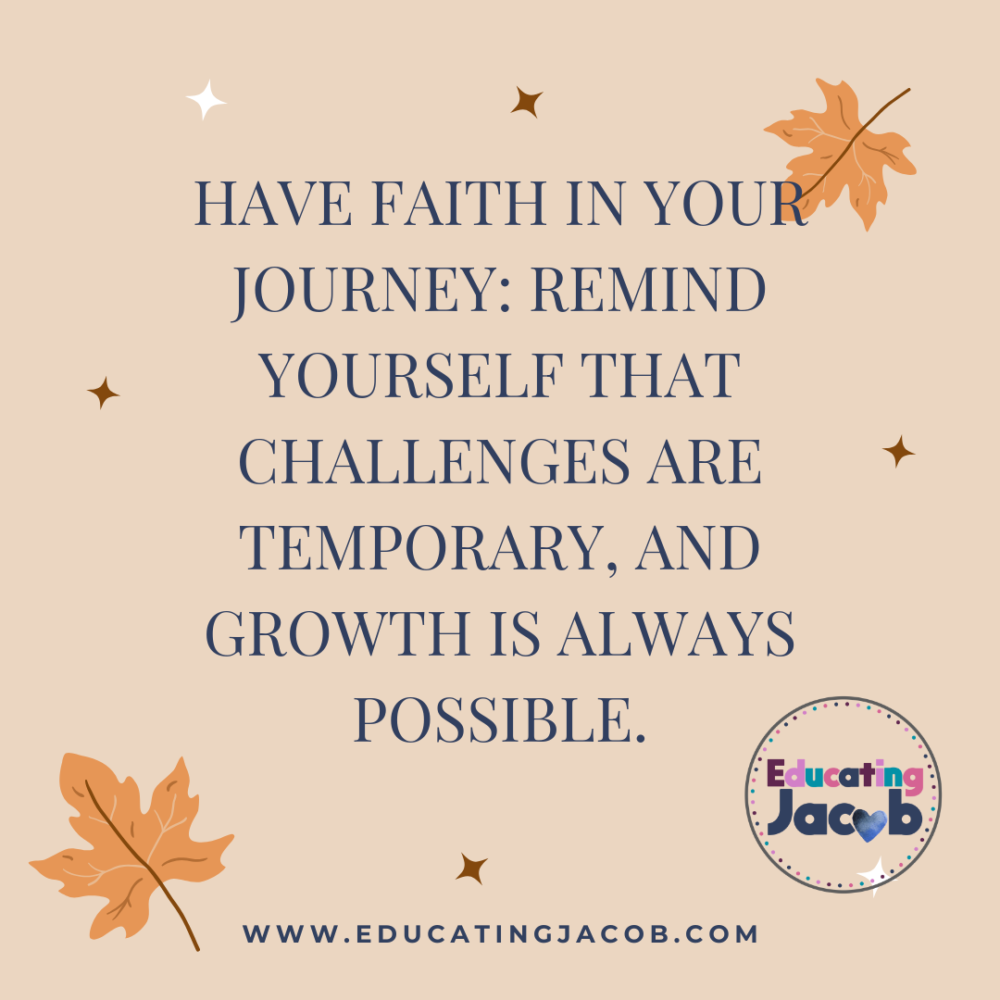
From Fear to Acceptance: A Mindset Shift
When our autism journey began, I moved fairly quickly from denial to acceptance, but fear still lingered. I worried about Jacob’s future and questioned whether I had the ability to help him thrive like I had with our first son.
At the recommendation of professionals, I enrolled Jacob in preschool and later in kindergarten. Preschool was rough—meltdowns were constant, and the teachers didn’t know how to manage his behaviors. Kindergarten was a little better; the self-contained classroom and a caring teacher made a difference. But progress was slow.
It was clear to me that Jacob needed more individualized attention, and I felt called to step in. I quit my job and began homeschooling Jacob and his older brother. Though it was a hard decision, it was the first step in reclaiming my confidence as a parent and helping Jacob in a way that felt right for him.
Building Confidence Through Action
Over time, I realized that confidence doesn’t come all at once—it builds with every decision, every step forward, and every win, no matter how small. For me, this journey included going back to school for a master’s degree in special education while working third shift at the hospital. I wanted to not only help Jacob but also make a difference for other children like him.
The exhaustion was real, but with each decision, my confidence grew. As I learned more about Jacob’s specific needs—his sensory challenges, communication barriers, and resistance to change—I began to see that we couldn’t raise him the same way we raised his brother. Jacob needed an environment tailored to his unique way of thinking and learning.
Why Mindset Matters for Growth
A positive mindset became the cornerstone of everything we did. Once I let go of my fear and self-doubt, I could focus on creating plans and strategies that truly worked for Jacob. This wasn’t about perfection; it was about progress.
- Mindset shifts help you face challenges calmly. Instead of reacting emotionally to meltdowns, I began to see them as opportunities to understand Jacob better.
- A strong mindset builds resilience. Autism parenting isn’t easy, but when you approach each day with determination and faith, you gain the strength to tackle even the hardest moments.
- Mindset transforms your family life. When I shifted my focus from fear to hope, our home became a calmer, happier place, where Jacob could grow and thrive.

